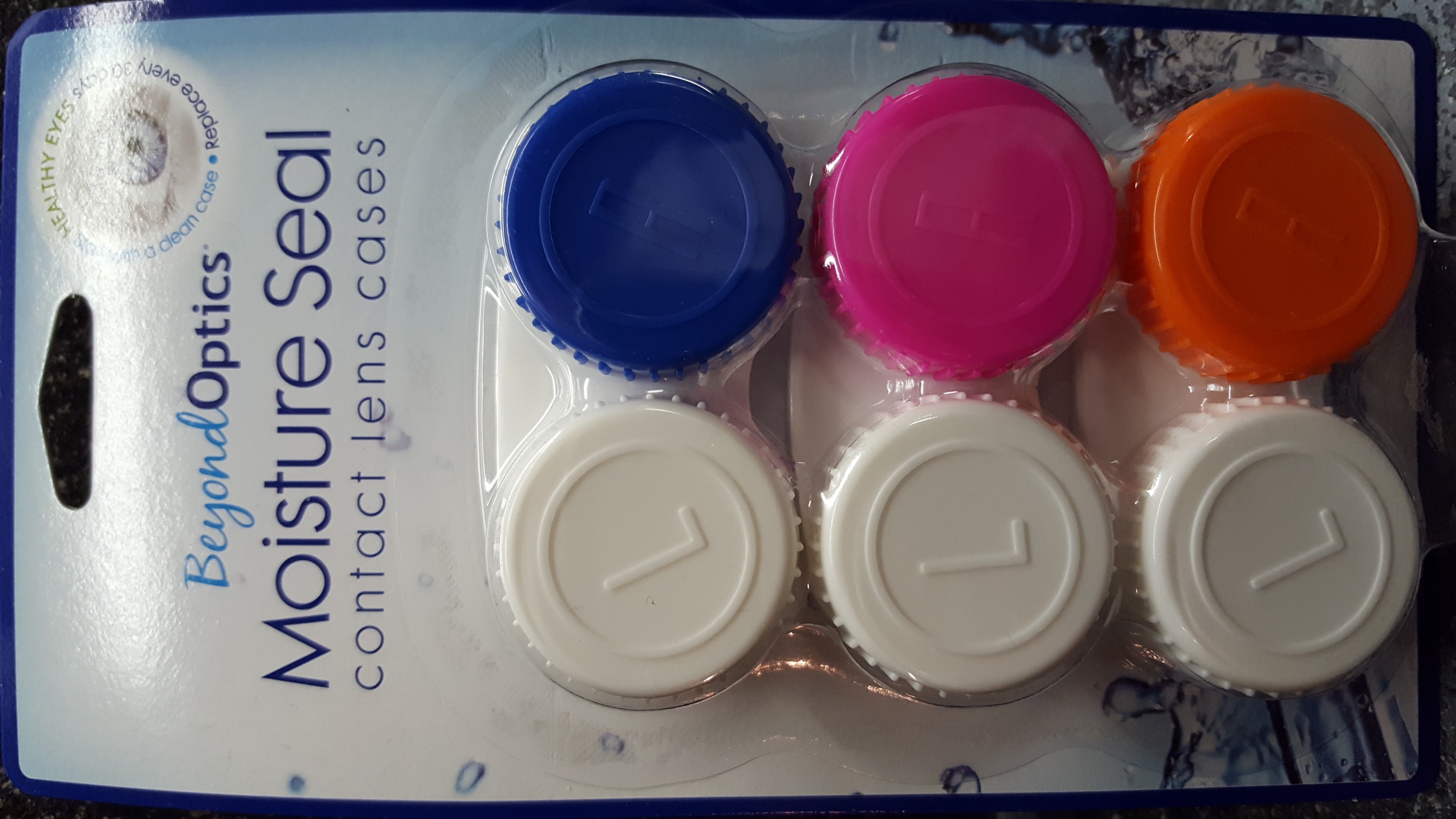

Scleral lenses can even protect against trauma (Altman, 2012 Walker, 2015). Once the lens has settled, no particles can touch the cornea or invade the space between the lens and the ocular surface. Scleral lenses provide a sealed ocular surface environment. Sand, wind, and dust can create discomfort in people who wear soft lenses and, in particular, those fitted with small GP lenses. Athletes are often exposed to challenging environments. This is not the case with scleral lenses, primarily because they remain stable on the eye. People fitted in soft toric contact lenses could experience fluctuating vision while biking or running in windy conditions. The tear fluid under a scleral lens helps to reduce HOAs by eliminating corneal surface irregularities.

In soft lenses, a custom design can compensate for some HOAs, but not for all. Ophthalmic lenses also induce a certain amount of HOAs, mostly spherical aberrations. As a result, scleral lenses reduce halos and glare, with a corresponding improvement in vision, even under the most challenging conditions.Īnother source of visual pollution is high-order aberrations (HOAs), which tend to occur in patients who have irregular corneas or lenticular opacities (Maeda, 2002). Even small GP lenses cannot compete with sclerals in that regard. Most scleral lenses offer an 8mm to 9mm optical zone diameter. Most soft lenses have a 6mm to 7mm optical zone diameter, which is reduced to 4mm to 5mm with toric designs. This is true because these lenses offer a larger optical zone compared to any other lens type. Visual acuity is improved with the use of GP lenses in general with sclerals, it is even better. Consequently, they are less associated with factors related to lens-induced discomfort compared to soft lenses, so they can help normal cornea patients who experience lens-induced dryness (Alipour et al, 2012).

Scleral lenses are filled with fluid to keep the ocular surface constantly bathed. The first factor to consider is that scleral lenses can resolve the two major reasons why current soft contact lens wearers drop out of lens wear: discomfort and visual acuity issues the latter is typically more prevalent in astigmatic and presbyopic patients (Rumpakis, 2010).Ĭontact lens-induced discomfort affects up to 50% of soft lens wearers (Riley et al, 2006) and, despite improvements in lens materials and care regimens, still represents a day-to-day challenge for patients and practitioners.


 0 kommentar(er)
0 kommentar(er)
